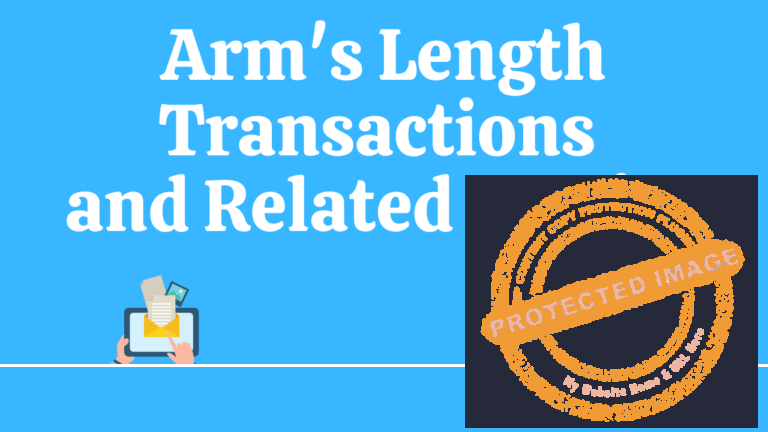In every country, many taxpayers are searching for tax compliance options. This is despite the fact that they are expected to fully comply with the tax rules, regulations, and laws.
However, there are various levels of tax compliance. The compliance levels range from the lowest level of zero percent to the highest level of one hundred per cent. Taxpayers have various options for tax compliance. They can choose to have full compliance, zero compliance, or anything in-between.
Each option has consequences that are borne by the taxpayer as an individual or by the management and directors in a corporate entity taxpayer. The options have either positive or negative consequences. Taxpayer needs to know what the consequences are and decide whether or not they are ready.
Taxpayers and taxes
A taxpayer collects tax on behalf of the government as an agent for such taxes as VAT, excise duty, etc. The taxpayer also contributes part of their income to the government as tax for such taxes as income tax, PAYE, etc. The taxpayer is expected to remit the correct amount of tax for any specific tax period and do so within the specified timeframes.
However, since ancient times, people dislike paying taxes. Hence, nearly all taxpayers prefer to earn maximum income but pay the minimum or no tax at all, yet they are expected to comply with the tax laws. To enable the taxpayers to comply with the tax laws, they need to plan. This will enable the taxpayers reduce their tax burden by improving their tax compliance levels.
What is to plan?
There are various dictionary meanings of the word plan. According to the Oxford Dictionary, to plan is to arrange, schedule, design, organize, scheme, devise, develop etc. Ideally, every taxpayer should plan their tax matters in such a manner that this will enable them to remit the correct amount of taxes (according to them) and do it at the right time.
However, other taxpayers opt to do the opposite.
Tax planning is done for any tax period, either a month or for a year of income, depending on the type of tax. The tax planning is also done for any type of tax such as VAT, PAYE, corporate tax, etc. The tax planning can be for full tax compliance, zero tax compliance or anything in-between.
Tax compliance options
A taxpayer has three options when it comes to tax planning: a) tax management (full tax compliance), b) tax avoidance (for minimized tax compliance) and c) tax evasion (zero tax compliance). A taxpayer can select either of the options but will bear the consequences of each option. It is entirely a taxpayer’s choice.
Tax management
To manage is to “deal” with. Therefore, tax management means to deal with tax, be it remitting the correct amounts or submitting tax returns on time. A taxpayer can plan to pay the correct amount of taxes according to the tax laws without bending or breaking the tax laws.
The taxpayer will have decided to deal with the tax as is. This will involve proper management of tax where the taxpayer will be in full compliance with the tax laws, will submit the tax returns on time, and remit the correct amount of tax on time.
This will result in one hundred percent (100%) tax compliance. Since the taxpayer will be in full tax compliance with the tax laws, there will not be any extra taxes to pay in the form of fines, penalties, and interest. The taxpayer will bear only the correct amount of tax burden.
Tax avoidance
The taxpayer may choose to “bend” the tax laws and engage in tax avoidance. The taxpayer will legitimately reduce the tax burden without breaking the tax laws. The taxpayer will seek out all the loopholes in the tax laws and exploit them to minimize their tax liabilities. In most instances, the taxpayer will submit the tax returns on time.
However, sometimes there is a thin line between what is legal, and what is not legal. Therefore, what the taxpayer decides is legal may be interpreted by the tax authorities as illegal. The taxpayer risks paying extra taxes in the form of principal tax, fines, penalties, and interest and tax avoidance penalties. This will result in tax burdens that are higher than they were initially.
Tax evasion
The taxpayer can also tax plan by breaking all the tax laws. This will result in minimal or no tax compliance at all. The taxpayer will deliberately elect to break the tax laws. The taxpayer will be involved in illegal acts.
The taxpayer will not submit tax returns at all, and when they are submitted, they will be late. Besides, there will be no taxes remitted and if they are remitted, they will not be the correct amounts. The taxes remitted will be significantly below the correct amounts. This will be a taxpayer’s choice. This is referred to as tax evasion.
There are numerous consequences of tax evasion. The taxpayer will have used illegal means that will result in very low levels of tax compliance. The illegality of the action is the main issue.
The taxpayer will have to pay the principal taxes, fines, normal penalties, interest, tax avoidance penalty, deportation in the case of non-residents, extended jail terms, seizure of properties and, in some countries, death penalties.
Conclusion
It is the taxpayer’s choice to decide on the level of tax compliance that they want to maintain in their operations. The taxpayer has three options and can choose either. The taxpayer can decide to comply one hundred percent and follow the tax laws to the letter.
Second, the taxpayer can decide to bend the tax laws and engage in tax avoidance by utilizing the loopholes in the tax laws in the country to minimize their tax burden. The level of tax compliance will range between zero and one hundred per cent.
Third, the taxpayer can decide to break the tax laws and engage in tax evasion. The level of tax compliance will be zero.
All three options are available to the taxpayer. It is the taxpayer’s choice to engage in any of the compliance options. However, every taxpayer should be aware that, for each compliance option, there are consequences.
The consequences are borne personally by individual taxpayers and the top management and directors in the case of corporate organizations.
The question is: are you ready to bear the consequences of either of the three tax compliance options?
Feel free to send us questions or topics on tax and investments in Kenya that you would wish to be covered in this website.
Disclaimer
This post is for general overview and guidance and does not in any way amount to professional advice. Hence, www.taxkenya.com, its owner or associates do not take any responsibility for results of any action taken based on the information in this post or for any errors or omissions. Kenyan taxpayers must always rely on the most current information from the tax commissioner. The tax industry in Kenya is very dynamic.




